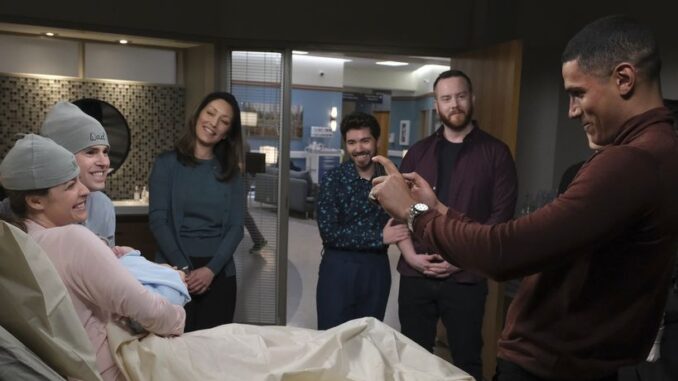
He doesn’t make small talk. He struggles with eye contact. He rarely says what others want to hear—and never just for the sake of comfort. But when a life hangs in the balance, no one sees more clearly than Dr. Shaun Murphy. He may not look like your idea of the perfect doctor. He doesn’t carry himself with swagger, charm, or smooth bedside manner. Instead, Shaun is quiet. Methodical. Often misunderstood. But what sets him apart isn’t just the way he sees the world—it’s the way he sees you, even when no one else does.
The Good Doctor is a story that begins with difference—and ends with transformation. Not only Shaun’s transformation, but ours. Because as you follow this young surgical resident’s journey through a high-pressure hospital system built on tradition, politics, and perception, you’re forced to ask yourself the deeper question: What do we really value in those who care for us?
Shaun has autism and savant syndrome, two conditions that present both immense challenges and astonishing capabilities. His mind can spot a tumor buried deep in an MRI at a glance. He can piece together rare symptoms into life-saving diagnoses in seconds. He doesn’t guess—he knows. But brilliance is not enough. Not when your colleagues don’t trust you. Not when patients ask to be seen by someone else. Not when your very presence makes people uncomfortable.

And that’s where the heart of this story lies. Every episode of The Good Doctor is more than a medical case—it’s a moral test. Shaun must prove, over and over again, that he deserves to be there. Not because of his genius, but because of his humanity. And the irony? It’s often Shaun—the one who struggles most with emotion—who ends up understanding his patients more deeply than anyone else.
He sees the patterns others miss. He asks the questions no one else dares to. He approaches healing not with charm or sympathy, but with unshakable honesty and a fierce, quiet integrity. He doesn’t try to be someone he’s not. He shows up—fully, awkwardly, unapologetically—as himself. And that changes everything. Shaun isn’t alone in this journey. Around him is a rotating cast of doctors, mentors, patients, and friends who must each decide what they believe a “good doctor” really looks like. Some resist him. Some embrace him. And some are changed forever by just a moment in his presence.
Whether it’s Dr. Glassman’s fatherly concern, Claire Browne’s compassion, or Lea’s complex love for the man behind the label, the people closest to Shaun learn, slowly and painfully, that greatness doesn’t come in one form. And that being different—painfully, visibly different—isn’t a barrier to greatness. It’s part of it.
As a viewer, you don’t just watch Shaun’s journey. You feel it. You walk with him through rejection, loss, triumph, and self-discovery. You see his confusion when words fail him. You witness his joy when someone finally understands. You cry when he does, not because he’s broken—but because, like all of us, he’s trying to find his place in a world that wasn’t built for him.
The Good Doctor asks you to look beyond labels. Beyond behavior. Beyond what you think you know about people with autism. And instead, it invites you to see brilliance in its rawest, most vulnerable form. Shaun Murphy is not changing lives just by saving patients. He’s changing lives by forcing us to rethink how we define strength, competence, and connection. And along the way, he’s leaving viewers with questions that linger long after the credits roll:
What would I do if I were in his place?
Could I survive in a world that refuses to bend?
And more importantly—how can I make space for someone who doesn’t fit the mold? Because if you look closely, you’ll realize something: Shaun isn’t just saving fictional lives on-screen. He’s inspiring real change—one episode, one diagnosis, one honest conversation at a time.
